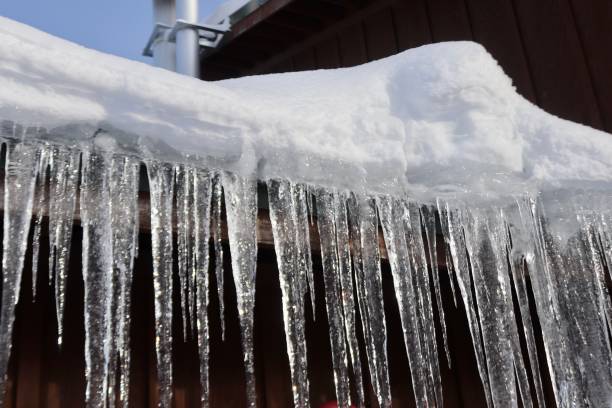Key Approaches for Preventing Frozen Pipes in Winter
Key Approaches for Preventing Frozen Pipes in Winter
Blog Article
How do you really feel with regards to Helpful Tips to Prevent Frozen Pipes this Winter?

Winter can damage your pipes, especially by freezing pipelines. Right here's just how to prevent it from occurring and what to do if it does.
Introduction
As temperature levels drop, the threat of frozen pipelines boosts, potentially leading to expensive fixings and water damage. Recognizing how to stop icy pipelines is vital for home owners in cold environments.
Prevention Tips
Shielding at risk pipelines
Wrap pipes in insulation sleeves or utilize heat tape to secure them from freezing temperatures. Concentrate on pipelines in unheated or exterior locations of the home.
Home heating strategies
Keep indoor areas appropriately heated up, especially areas with pipes. Open cabinet doors to enable warm air to distribute around pipes under sinks.
Just how to identify icy pipelines
Seek lowered water flow from faucets, unusual smells or sounds from pipelines, and visible frost on exposed pipelines.
Long-Term Solutions
Structural changes
Consider rerouting pipelines away from outside walls or unheated areas. Add additional insulation to attic rooms, cellars, and crawl spaces.
Updating insulation
Buy high-quality insulation for pipes, attic rooms, and wall surfaces. Correct insulation assists preserve consistent temperatures and decreases the danger of frozen pipelines.
Securing Outdoor Pipes
Yard hoses and outside taps
Detach and drain pipes garden hoses prior to winter season. Set up frost-proof faucets or cover exterior taps with shielded caps.
Understanding Frozen Pipelines
What causes pipes to ice up?
Pipes ice up when subjected to temperature levels below 32 ° F (0 ° C) for prolonged periods. As water inside the pipes freezes, it broadens, putting pressure on the pipe walls and potentially causing them to burst.
Dangers and problems
Icy pipelines can lead to water supply disturbances, property damages, and pricey repairs. Burst pipelines can flood homes and create extensive architectural damage.
Signs of Frozen Pipes
Identifying frozen pipelines early can prevent them from breaking.
What to Do If Your Pipelines Freeze
Immediate actions to take
If you suspect frozen pipes, maintain faucets open up to alleviate stress as the ice melts. Make use of a hairdryer or towels taken in hot water to thaw pipelines gradually.
Conclusion
Avoiding frozen pipelines requires aggressive steps and quick actions. By comprehending the causes, signs, and safety nets, house owners can secure their pipes throughout cold weather.
5 Ways to Prevent Frozen Pipes
Drain Outdoor Faucets and Disconnect Hoses
First, close the shut-off valve that controls the flow of water in the pipe to your outdoor faucet. Then, head outside to disconnect and drain your hose and open the outdoor faucet to allow the water to completely drain out of the line. Turn off the faucet when done. Finally, head back to the shut-off valve and drain the remaining water inside the pipe into a bucket or container. Additionally, if you have a home irrigation system, you should consider hiring an expert to clear the system of water each year.
Insulate Pipes
One of the best and most cost-effective methods for preventing frozen water pipes is to wrap your pipes with insulation. This is especially important for areas in your home that aren’t exposed to heat, such as an attic. We suggest using foam sleeves, which can typically be found at your local hardware store.
Keep Heat Running at 65
Your pipes are located inside your walls, and the temperature there is much colder than the rest of the house. To prevent your pipes from freezing, The Insurance Information Institute suggests that you keep your home heated to at least 65 degrees, even when traveling. You may want to invest in smart devices that can keep an eye on the temperature in your home while you’re away.
Leave Water Dripping
Moving water — even a small trickle — can prevent ice from forming inside your pipes. When freezing temps are imminent, start a drip of water from all faucets that serve exposed pipes. Leaving a few faucets running will also help relieve pressure inside the pipes and help prevent a rupture if the water inside freezes.
Open Cupboard Doors
Warm your kitchen and bathroom pipes by opening cupboards and vanities. You should also leave your interior doors ajar to help warm air circulate evenly throughout your home.

I discovered that write up on Preventing and dealing with frozen pipes when exploring the search engines. For those who enjoyed our blog entry if you please do not forget to share it. I cherish reading our article about How to Prevent Your Pipes From Freezing.
View Report this page